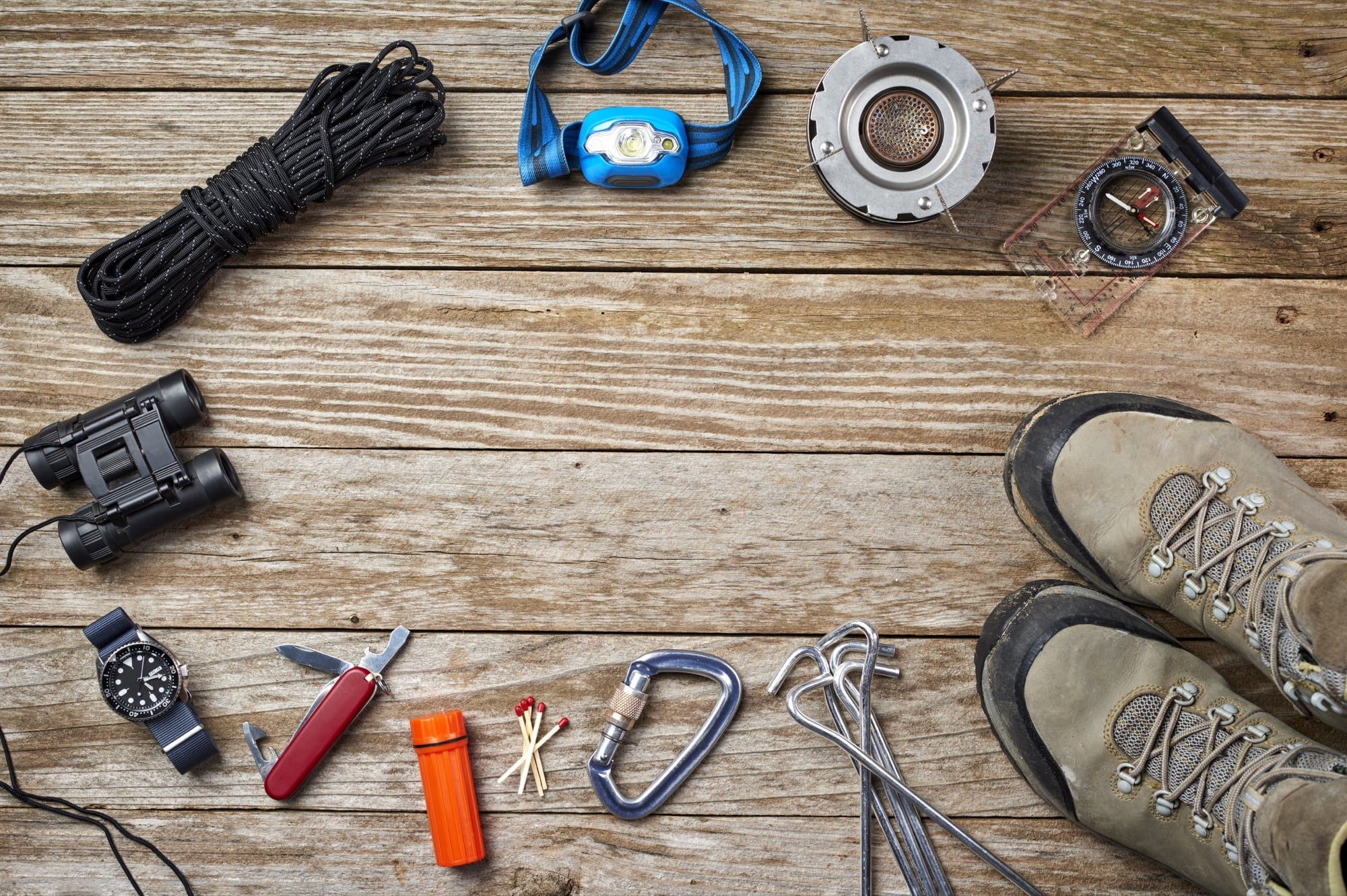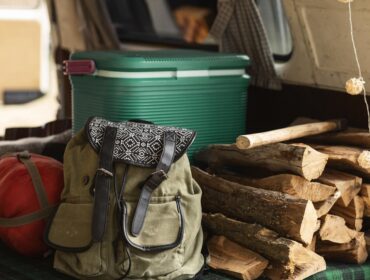The Everglades of southern Florida is home to a wide variety of animals, and while it serves a robust bird population, some birds in the Everglades are, sadly, in danger of extinction. Changes to the area’s ecosystem resulting from human attempts to drain the wetlands, urbanization, and damage from heavy storms have thrown off the delicate balance needed for survival. Here are just five birds in the Everglades that are facing such a fate.
Cape Sable Seaside Sparrow

One of the birds in the Everglades that is in real trouble is the Cape Sable Seaside Sparrow. One of only eight remaining subspecies, this ground nesting sparrow depends on the area’s hyroperiod, in which the soil area of a wetland is waterlogged, as well as periodic fires that restore new life to forests to survive. A rise in the sea level and decreased flow of fresh water have left many areas unsuitable for nesting.
Snail Kite

The very same conditions mentioned above have resulted in denser vegetation, placing the Snail Kite on the endangered species list. Snail Kites feed almost exclusively on apple snails, and they need relatively open and clear spaces like those created in freshwater marshes to be able to spot these snails. Sewage drainage and agricultural run-off degrade the water quality and promote denser plant growth, interfering with their ability to feed.
Wood Stork

Another species of birds in the Everglades that is affected by ecological changes is the Wood Stork. The Wood Stork eats primarily freshwater fish, employing a somewhat unique method of feeding: it submerges its bill into the water, sweeping it from side to side as it walks forward. When it touches prey, its bill snaps shut, never giving the prey a chance to escape. However, this “grope-feeding” process is becoming more severely hindered by an increase in sedimentation and overgrowth of algae that choke the waterways and make them more difficult to pass through.
Piping Plover

The Piping Plover prefers nesting and feeding along sandy beaches, mudflats, and shallow wetlands that have sparse vegetation, but changes to its environment have put this species in danger of extinction as well. Denser vegetation in the wetlands of the Everglades, as well as human intrusion into nesting areas, pose the greatest threats to this species’ survival.
Red-Cockaded Woodpecker

Although it isn’t exclusive to the Everglades, the Red-Cockaded Woodpecker is the last on our list of birds in the Everglades facing possible extinction. Preferring mature, open pine forests with a lower percentage of overgrowth, changes to the ecosystems of the Everglades combined with tree farming activities have dramatically reduced the amount of suitable habitat for these birds.




